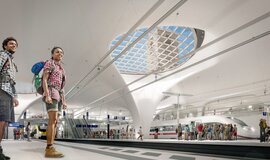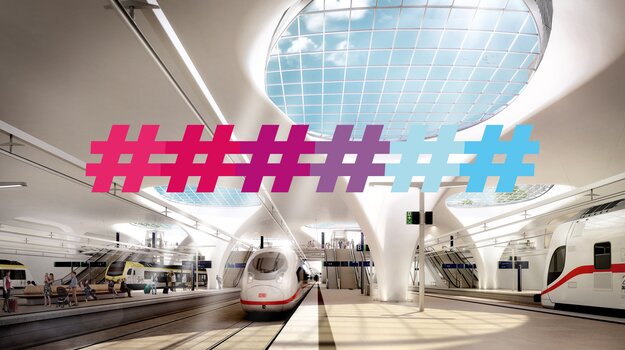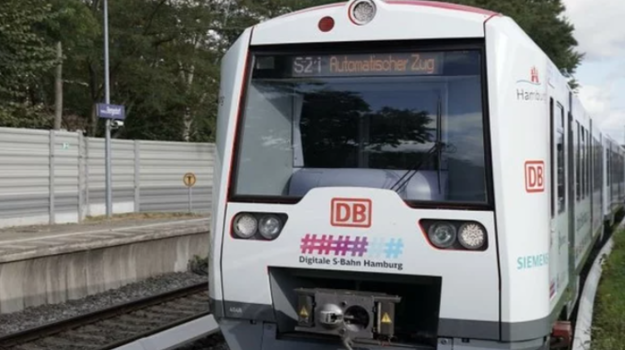
High-automated driving at the Digital Node Stuttgart – new video provides insights
How does high-automated driving work in railway operations, and what technologies are specifically used? As part of the pilot project "High-automated Driving at the Digital Node Stuttgart," experts from DB InfraGO/Digitale Schiene Deutschland and other DB employees provide insights into the technical and operational implementation and the project's goals in a new video.
Focus on Innovative Technologies
At the "Digital Node Stuttgart," the entire railway node is being comprehensively digitized for the first time. A key focus is the introduction of Automatic Train Operation (ATO) with Grade of Automation 2 (GoA2). In addition to equipping the infrastructure, the aim is to equip up to 500 vehicles for regional and S-Bahn traffic with ATO technology. In conjunction with other digital technologies such as ETCS and digital signal boxes, the efficiency and reliability in railway operations are significantly increased.
Industry Experts in Interview
Special insights are provided by experts Sandra Schläfke, Head of System Development for high-automated driving, and Marco Pistol, Head System Engineer from Digital Rail Germany (DB InfraGO), as well as David Bösinger from DB Project Stuttgart-Ulm. They explain how the integrated systems optimize traffic flow and control the entire journey of the train optimally, so the trains run more punctually and energy-efficiently. Patrick Seeger from the S-Bahn Stuttgart also explains a serious gaming approach that allows simulating and testing the new systems for railway operations.
Practical Experiences and Future Outlook
Train driver Pascal Mundt from Hamburg is one of the first to receive training for driving with ATO GoA2 and is already driving highly automated in the Hamburg S-Bahn operations. As part of the "Digital S-Bahn Hamburg" project, a first route was equipped with ATO technologies and put into operation in 2021. In the video, he shares his experiences and highlights the practical advantages of the ATO system, from energy-saving driving to improved punctuality.
Learn more about high-automated driving in the Stuttgart area on the project page.

